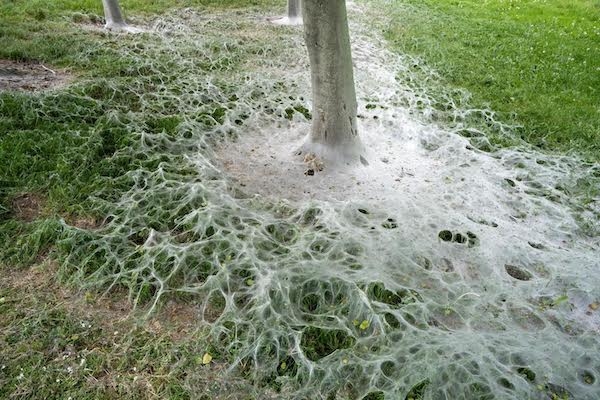The RSPB is asking people in Buckinghamshire to watch and count their garden birds this weekend for this year’s Big Garden Birdwatch.
The world’s largest garden wildlife survey, now in its 38th year, takes place on 28, 29 and 30 January 2017. The public is asked to spend just one hour watching and recording the birds in their garden or local public space, then send their results to the RSPB.
In our increasingly urban world, ensuring there is still room for wildlife is key to the survival of many familiar species. The Big Garden Birdwatch provides valuable information about the wildlife using our gardens in winter, enabling the RSPB to monitor trends and declines. It is also a chance to take time to enjoy the nature on our doorsteps.
More than half a million people nationwide counted more than eight million birds in 2016 – and even more are expected to take part this year.
In response to demand, for the first time this year the Birdwatch will take place over three days, including the Monday, giving workers the opportunity to take a screen break and participate from their office gardens.
Daniel Hayhow, RSPB Conservation Scientist, said: “With over half a million people now regularly taking part, coupled with over 30 years worth of data, Big Garden Birdwatch allows us to monitor trends and helps us understand how birds are faring. With results from so many gardens, we are able to create a 'snapshot' of the birds visiting at this time of year across the UK. Even if you see nothing during your Big Garden Birdwatch hour, that’s important information too, so please let us know.”
This year, if the cold snap persists, we could see some more unusual birds appearing in UK gardens.
Look out for Scandinavian visitors such as redwings, fieldfares and waxwings in search of berries. While redwings and fieldfares come to the UK every winter, waxwings come in large numbers only in some years when food supplies are scarce at home. Waxwings arrived on the east coast in their hundreds earlier this winter and have since dispersed more widely – having now been reported as far west as Wales and Ireland.
As well as counting winged garden visitors, the RSPB is once again asking participants to log some of the other wildlife they have seen throughout the year, such as grass snakes, hedgehogs, stag beetles, stoats and moles.
Daniel added: “Our wildlife is facing a tough time. For example it is estimated that we’ve lost more than half of our hedgehogs in the last 50 years. We're going to include this part of the survey every year now, enabling us to monitor the distribution of our other wildlife as well as trends in bird numbers.”
David Wembridge, Mammal Surveys Co-ordinator, People’s Trust for Endangered Species, said: “Mammals are a less showy lot than birds, but their presence in gardens is as important a measure of the natural value of these green spaces. Recording wildlife, in surveys like Big Garden Birdwatch, gives us a connection to our wild neighbours, particularly those we might overlook.”
Big Garden Birdwatch is part of the RSPB’s Giving Nature a Home campaign, aimed at tackling the housing crisis facing the UK’s wildlife.
Gardens provide invaluable resources for many species, especially in urban areas where natural habitats are disappearing. The RSPB is asking people to invite wildlife into their own gardens, balconies and outside spaces – whether by putting up a nest box for birds, creating a pond for frogs and newts or planting a window box for bees. Wherever you live, you can help give nature a home.
To take part in Big Garden Birdwatch 2017, watch the birds in your garden or local park for one hour at some point over the three days. Only count the birds that land in your garden or local park, not those flying over. Tell us the highest number of each bird species you see at any one time – not the total you see in the hour.
Download your free pack at here
Results will be published in March 2017.

















